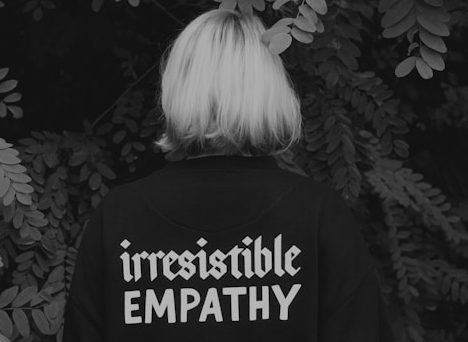Feeling heard and understood when we communicate can be tough. You think you said something clearly, then the response you get does not make sense. Or you think you’re responding to what someone just said, and suddenly they sigh—or worse, mutter, “Were you even listening?” Even in close, caring relationships, misunderstandings happen all the time. You can probably recall a few from just this past week!
And misunderstandings get more common when we throw different types of brains into the mix. Research supports that individuals with autism, and ADHD, particularly have a hard time feeling understood in their relationships. Both sides may care deeply, and still, it can feel like you’re constantly missing each other.
Neurotypical and Neurodiverse Folks Struggle On Both Sides
One explanation for this is called the “Double Empathy Problem.” The idea is simple: neurotypical people tend to have trouble accurately imagining what’s going on in neurodivergent minds. And vice versa, neurodivergent folks—such as those with autism or ADHD—struggle to imagine what neurotypical people are trying to communicate. According to this theory, it’s a two-way challenge. Neither side is especially skilled at filling in all the unspoken cues the other side leaves out. And since so much of communication happens in what’s unspoken (one common estimate is 70% of communication is not in words) well, that gap can get pretty big.
Here’s the important part: this isn’t because either group is bad at empathy or communication. In fact, research shows the opposite. Neurodiverse and neurotypical folks seem to be equally accurate at imagining within the minds of those with similar brains to them. Those with autism are quite accurate at empathizing with others with autism, for instance, at similar rates to neurotypical folks in one study. [1]
Research is increasingly showing that neurodiverse people are good communicators, too, when talking with others who share the same neurotype. For example, studies have found that in lab experiments where participants were asked to retell a story, autistic-to-autistic communication was just as successful in conveying the story accurately as neurotypical-to-neurotypical communication. [2] So it is not that any group is better or worse at communicating, either.
No Blame, No Shame
The Double Empathy Problem says that everyone is good at understanding and talking with people like themselves, but it can be harder across differences. It is no one’s fault if neurotypical and neurodiverse folks have more difficulty relating. Neither side is “bad at empathy” – it’s just a two-way mismatch.
Where does that leave you, struggling to feel heard and understood in your relationships with a spouse, a child, a coworker? The good news is that since it is neither side’s fault, both neurotypical and neurodiverse folks can do things to decrease misunderstandings and improve communication!
- Simply knowing about the Double Empathy Problem can help. If you assume your guesses about what the other person is feeling might be off, you’ll take some of the pressure off both of you to “just get it” right away.
- Practice neuroaffirming listening skills. Listening is not a passive act, but an active one! Check that you are understanding them, by saying back to them what you think they said. Try “I heard you say … Am I with you?” Be open to hearing you misunderstood. And rather than making an assumption when you’re uncertain, ask a clarifying question. And when you’re unsure, ask a gentle clarifying question, like “What were you feeling when…” or “How did you get to that point?” Listening first tells the other person—without words— “I care about you. I want to get what you want to share.” And it asks them to help you learn how to understand them, one question at a time.
- Consider therapy as practice space. Group therapy or couples therapy offers the chance to learn and practice neuroaffirming communication skills, in a safe and supported way. Then bring them back to your daily relationships!
[1] Sheppard, E., Webb, S., & Wilkinson, H. (2023). Mindreading beliefs in same- and cross-neurotype interactions. Autism, 28(7), 1828-1837.
[2] Crompton, C. J., Ropar, D., Evans-Williams, C. V., Flynn, E. G., & Fletcher-Watson, S. (2020). Autistic peer-to-peer information transfer is highly effective. Autism, 24(7), 1704-1712.

